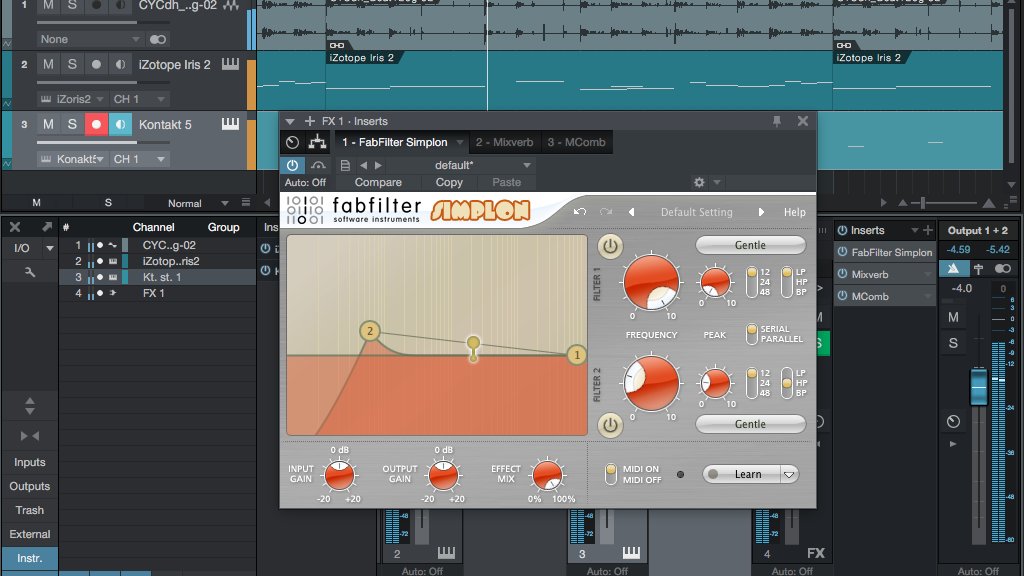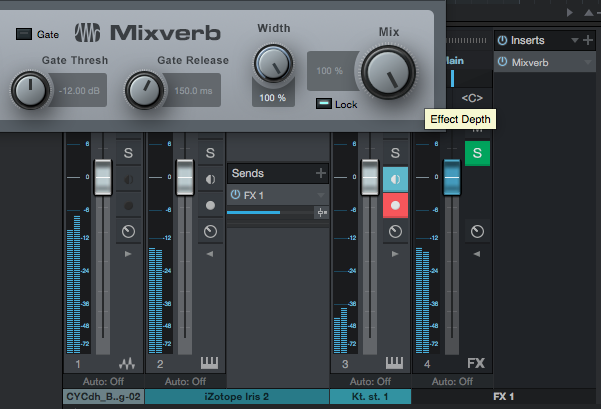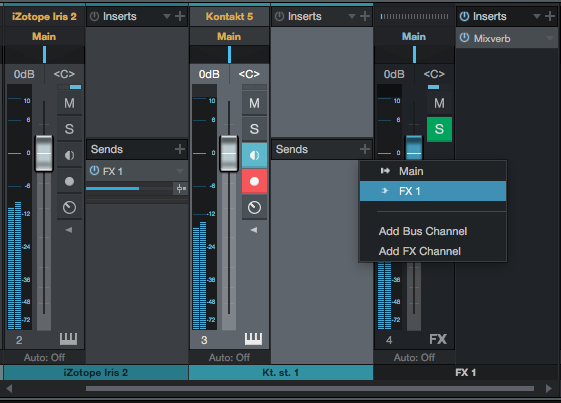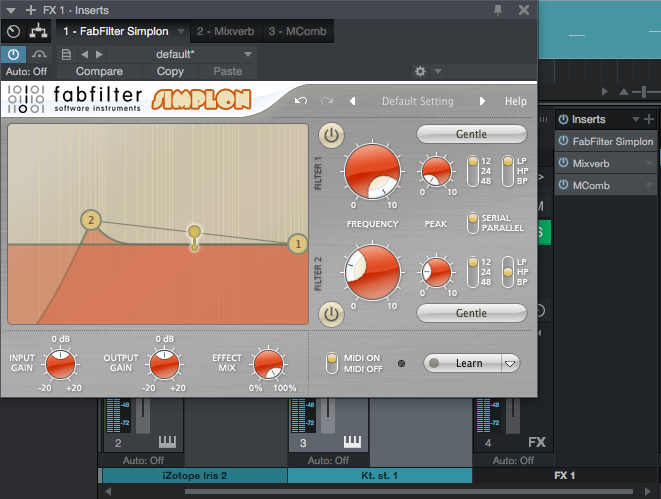How to use send effects in your DAW
Use these flexible processing spaces for more control over how your effects sound

The easiest way to load an effect in any DAW is by dragging it directly onto a mix channel – it’s simple and it’s the default way to bring up a processor as an 'insert effect' for instant gratification. Send effects are different: they’re slightly harder to set up, but they’re far more versatile when it comes to getting the mix you want.
A send effect works by ‘tapping off’ some of a channel’s signal, and sending that to its own channel in the mixing desk. The most commonly used example is reverb: using a reverb as an insert effect will sound great, sure, but it’ll only sound great on one part.
By using the reverb as a send, with a dedicated channel in the mixer, you get an entire channel to sculpt your effect – level it, pan it, add an extended chain of processors, and get other instruments in on the same action. Send effects are far more flexible than insert effects, so they're worth mastering as fully as possible. Let's have a look at how to get the most out of sends.

Step 1: In Studio One 3, to create a new send, we open a mix channel’s effects slots (using the triangle icon) and click the + in the Sends section, choosing Add FX Channel.
A new mixer channel appears – this Return channel will receive its signal from the send, and can have its own processors added. Put a reverb plugin on the new channel as in insert effect, and set the Mix to 100%.

Step 2: We can create sends from other channels too, routing multiple tracks to the same return channel to get the same reverb applied. This is the first major advantage of using send effect channels instead of individual inserts.

Step 3: The second major advantage of using sends is that we can add more processors to the channel to change the original effect. Here we’ve added two more effects to the signal chain on the Return channel: a filter before the reverb, to stop the lowest frequencies from being processed, and a modulator after, to make what does come out of the reverb smoother.
Want all the hottest music and gear news, reviews, deals, features and more, direct to your inbox? Sign up here.
Computer Music magazine is the world’s best selling publication dedicated solely to making great music with your Mac or PC computer. Each issue it brings its lucky readers the best in cutting-edge tutorials, need-to-know, expert software reviews and even all the tools you actually need to make great music today, courtesy of our legendary CM Plugin Suite.
